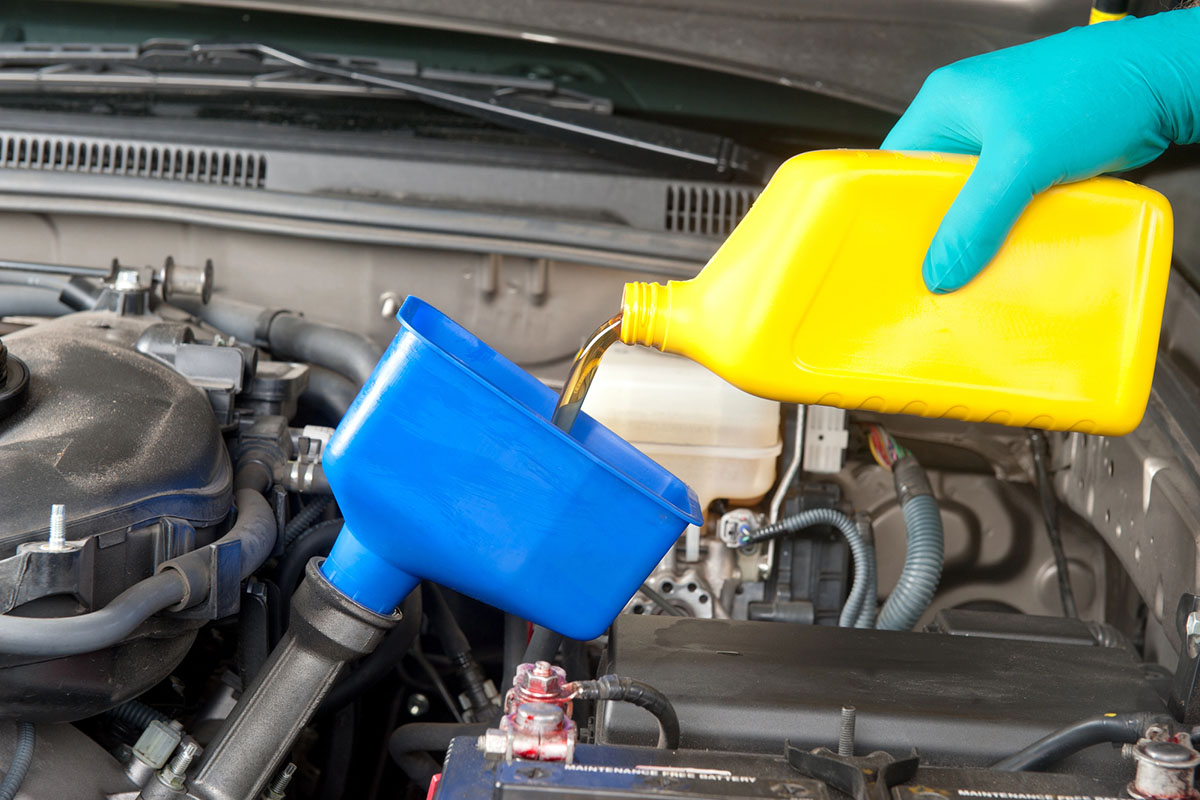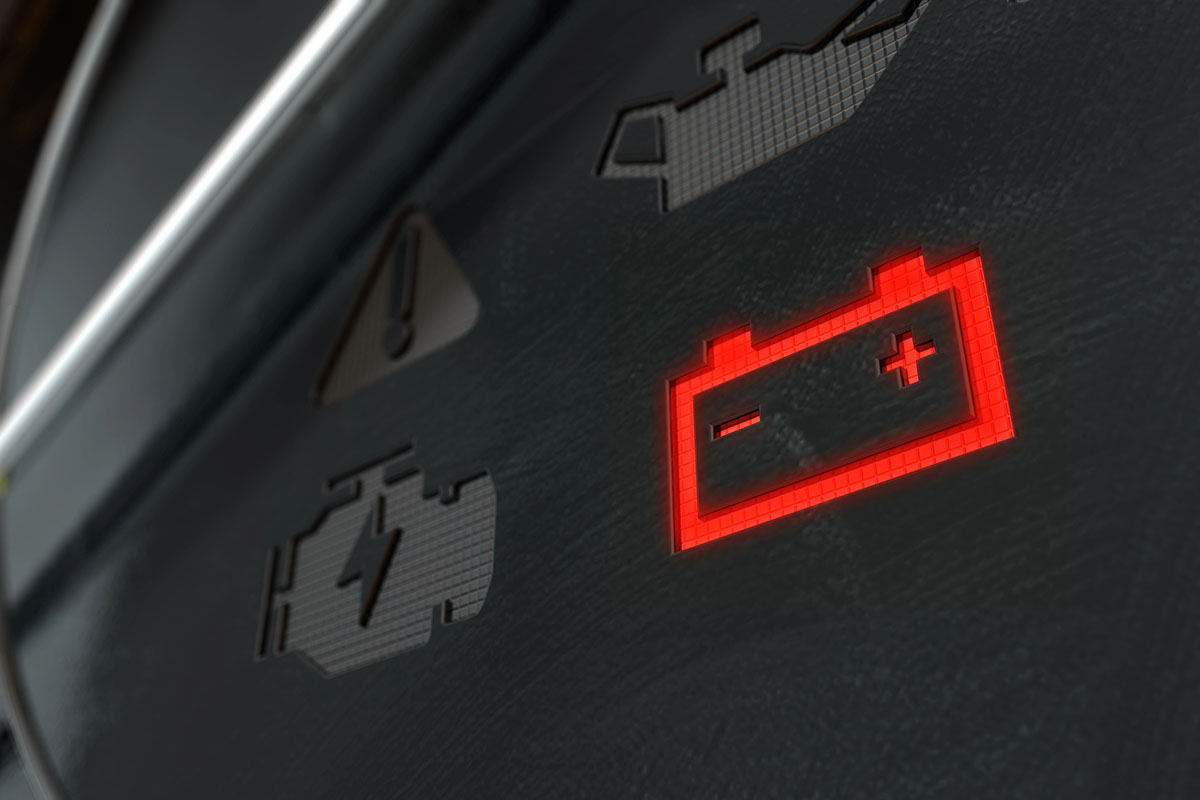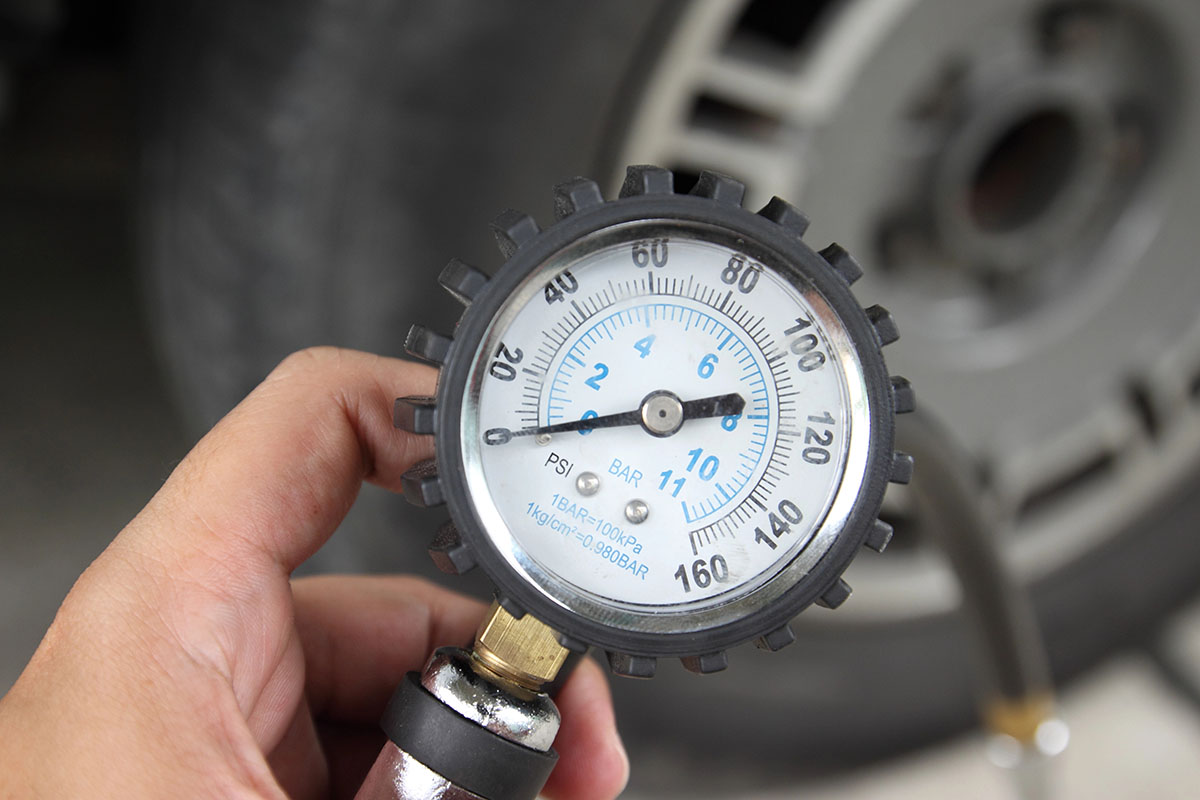Knowing quick car fixes is essential for every vehicle owner, and sometimes you may need Tyler roadside assistance to help with issues you can’t solve yourself. Minor repairs can save you time and money, preventing unnecessary trips to the mechanic. Understanding basic DIY car maintenance empowers you to maintain your vehicle’s upkeep, ensuring it remains in good condition.
Benefits of DIY Car Maintenance:
- Cost Savings: Avoid expensive labor fees by handling small repairs yourself.
- Convenience: Address issues immediately rather than waiting for a mechanic’s availability.
- Knowledge Gain: Familiarity with your car enhances confidence and driving safety.
We’ll guide you through various minor repairs you can perform on your own. From checking tire pressure to replacing wiper blades, you will learn practical techniques that improve your vehicle’s performance and longevity, and should you need it, you could call on towing in Tyler to get your vehicle to a shop so you can get back on the road.
Understanding Basic Car Maintenance
Regular car maintenance is essential for ensuring your vehicle’s longevity and performance. Neglecting routine upkeep can lead to costly repairs and decreased safety. Here are some key reasons why regular maintenance matters:
- Extends Vehicle Lifespan: Consistent care helps identify potential issues early, allowing for timely repairs.
- Enhances Safety: Regular checks ensure vital systems, such as brakes and tires, function properly, reducing the risk of accidents.
- Improves Fuel Efficiency: A well-maintained vehicle runs more efficiently, saving you money at the pump.
Basic car maintenance tasks everyone should know include:
- Checking Oil Levels: Regularly inspect oil using a dipstick. Change it every 5,000 to 7,500 kilometers for optimal engine performance.
- Monitoring Tire Pressure: Use a tire gauge to check pressure; maintaining proper PSI enhances fuel efficiency and improves handling.
- Inspecting Fluid Levels: Regularly check coolant, brake fluid, and windshield washer fluid to prevent engine wear and maintain safety.
Routine Checks to Perform Regularly
Regular checks are essential to ensure your vehicle operates smoothly and efficiently. Here’s how to perform crucial routine checks:
Check Tire Pressure
- Importance: Proper tire pressure enhances safety, improves fuel efficiency, and extends tire life.
How to Check:
- Use a tire pressure gauge.
- Check when tires are cold for an accurate reading.
- Refer to the recommended PSI (pounds per square inch) listed on the driver’s side door jamb.
- Inflate or deflate as needed.
Check Fluid Levels
Essential fluids that require regular checking include oil, coolant, and brake fluid.
Oil Levels:
- Pull out the dipstick, wipe it clean, reinsert it, then pull it out again to check the level.
- The oil should be between the “min” and “max” marks on the dipstick.
Coolant:
- Ensure that the coolant reservoir is filled to the proper level with a half-and-half mixture of coolant and water.
Brake Fluid:
- Locate the brake fluid reservoir; make sure it’s filled with the correct type of brake fluid as specified in your owner’s manual.
Recommended Intervals
- Tire Pressure: Check at least once a month or before long trips.
- Fluid Levels: Inspect every month or during routine maintenance checks.
Quick Fixes You Can Do Yourself
1. Tire Maintenance
Proper tire maintenance is crucial for both safety and performance. Here’s how you can ensure your tires are in top shape.
How to Properly Inflate Tires for Optimal Performance
- Purchase a Tire Pressure Gauge: This tool helps you measure the tire pressure accurately.
- Check When Cold: Always check tire pressure before driving or after the car has been stationary for a few hours.
- Follow Recommended PSI: Refer to your vehicle’s manual or the sticker on the driver’s door for the optimal tire pressure.
- Inflate as Needed: Use an air compressor to add air or release some if overinflated. Properly inflated tires enhance fuel efficiency and improve handling.
Steps to Fix a Flat Tire Using a Plug Kit
- Locate the Leak: Inspect your tire closely for punctures or embedded objects like nails.
- Mark the Area: Once identified, mark it so you can easily find it again during repair.
- Remove the Obstruction: If safe, carefully remove any screw or nail causing the leak.
- Prepare the Plug Kit: Insert the reamer tool from the kit into the hole to clean and widen it slightly.
- Coat a rubber plug with sealant from the kit.
- Insert the Plug: Push the plug into the hole using a tool provided in your kit until about two-thirds of it is inside.
- Pull out the insertion tool while leaving part of the plug exposed.
- Trim Excess Plug Material: Use a knife to cut off any protruding material, ensuring it’s flush with the tire surface.
These cost-effective car repairs at home not only save money but also keep you prepared for unexpected situations on the road. Proper tire care reduces wear and enhances driving safety, making minor repairs essential for every vehicle owner.
2. Fluid Checks and Changes
Maintaining proper fluid levels is essential for the smooth operation of your vehicle. Regular checks can prevent costly repairs and keep your engine running efficiently. Here are key fluid checks to perform:
Engine Oil
Change your engine oil every 5,000-7,500 km. This helps maintain optimal engine performance and prolongs its life.
Transmission Fluid
Ensure your transmission fluid is at the recommended level. Topping it up is straightforward:
- Locate the transmission dipstick (usually marked).
- Pull it out, wipe it clean, reinsert, then check the level again.
- Add fluid if necessary to reach the appropriate marker.
Common minor issues like low oil or transmission fluid can often be resolved without professional help. Regular attention to these simple fixes ensures your vehicle remains in good shape, ultimately saving you time and money on repairs.
3. Battery Care and Replacement
Maintaining your car battery is essential for reliable vehicle performance. Simple fixes can save you from unexpected breakdowns. Follow these steps for cleaning battery terminals and maintaining battery health:
- Safety First: Wear gloves and goggles before starting.
- Disconnect the Battery: Remove the negative cable first, followed by the positive cable.
- Clean the Terminals: Use a wire brush or a mixture of baking soda and water to scrub away corrosion.
- Wipe the Battery Case: Ensure it’s free from debris and dirt.
- Reconnect the Cables: Attach the positive cable first, then the negative one. Apply terminal grease to prevent future corrosion.
When it comes to replacing a dead car battery, recognize these signs:
- Difficulty starting your vehicle
- Dim headlights
- Electrical issues
To replace the battery safely:
- Ensure your car is off.
- Disconnect cables (negative first).
- Remove old battery from its tray.
- Place the new battery in, ensuring proper orientation.
- Reconnect cables (positive first).
With proper maintenance and awareness of minor issues, you can handle many quick fixes at home without professional help.
4. Replacing Minor Parts
Minor repairs can significantly enhance your vehicle’s safety and functionality. Simple fixes such as replacing wiper blades and light bulbs are tasks you can easily handle at home.
Replacing Wiper Blades
- Lift the wiper arm away from the windshield.
- Remove the old blade by pressing the release tab and sliding it off.
- Attach the new blade, ensuring it clicks securely into place.
- Lower the wiper arm back onto the windshield.
Changing Headlights and Taillight Bulbs
- Open the hood or trunk to access the bulb housing.
- For headlights, remove any necessary screws or covers to reach the bulb.
- Twist counterclockwise to remove the old bulb, then insert a new one without touching the glass.
- Secure everything back in place, ensuring proper alignment.
These cost-effective car repairs are essential for maintaining visibility and safety during drives, particularly in adverse weather conditions. Addressing these minor issues promptly helps prevent larger problems down the line.
5. Maintaining Air Quality in Your Vehicle
Maintaining air quality in your vehicle is crucial for comfort and health. Two key elements to focus on are the engine air filter and the cabin air filter.
Engine Air Filter Replacement
Replacing the engine air filter regularly enhances engine efficiency. A clogged filter can restrict airflow, leading to decreased performance and fuel economy. Typically, it should be replaced every 10,000 km or annually.
Cabin Air Filter Replacement
The cabin air filter ensures that clean air circulates inside your car. A dirty filter can reduce AC efficiency and allow dust and allergens in. To replace it:
- Locate the cabin air filter housing, usually behind the glove compartment.
- Open the housing and remove the old filter.
- Clean any debris from the case.
- Install a new filter, ensuring a tight fit.
Regularly replacing these filters not only improves air quality but also helps maintain overall vehicle performance. Other minor repairs, like inflating tires or fixing a flat tire, can also contribute significantly to your car’s health without needing professional help.
6. Repairing Small Aesthetic Issues
Maintaining your car’s appearance can be straightforward. Minor repairs like fixing dents and scratches are achievable without professional help, saving you money on costly bodywork. Consider these techniques:
Fixing Dents
- Use a hairdryer to heat the dented area for a few minutes.
- Follow with aluminum foil or dry ice to contract the metal quickly, often popping the dent back into place.
Buffing Paint Scratches
- Clean the scratched area thoroughly.
- Apply a small amount of rubbing compound with a microfiber cloth, using circular motions until the scratch fades.
- For deeper scratches, consider touch-up paint that matches your vehicle’s color.
These cost-effective methods for repairing small aesthetic issues not only enhance your car’s look but also boost its resale value. Engaging in such simple fixes contributes to maintaining your vehicle’s overall condition while avoiding unnecessary expenses. The ability to tackle these tasks adds to the range of quick car fixes you can perform before calling for help.
Safety Precautions During DIY Repairs
When working on your vehicle, safety should be a top priority. Implement the following essential safety measures:
- Wear protective gear: Use gloves and goggles to protect your hands and eyes from chemicals and debris.
- Ensure proper ventilation: Work in a well-ventilated area to avoid inhaling harmful fumes.
- Turn off the engine: Always switch off the car before starting any repairs, especially when dealing with electrical components.
- Use the right tools: Invest in quality tools designed for your specific vehicle needs.
Consulting your vehicle manual is crucial. It provides detailed steps for repairs and lists part numbers, ensuring you have the correct components for your tasks.
When to Call a Mechanic
Knowing when to get professional help can save you time and prevent further damage to your vehicle. Watch out for these common signs:
- Unusual Noises: Grinding, squeaking, or any sound that seems out of the ordinary may indicate an issue.
- Warning Lights: Dashboard alerts, especially for brakes or engine problems, require immediate attention.
- Signs of Brake Issues: If you experience longer stopping distances, vibrations while braking, or a spongy brake pedal, consult a mechanic promptly.
It’s important to understand the limits of DIY repairs. Some problems, especially those involving critical systems like the brakes or engine, are best left to professionals.
Balancing DIY with Professional Help
Taking care of basic vehicle upkeep empowers you, and understanding quick car fixes boosts your confidence and can save you time and money.
Consider these benefits of DIY maintenance:
- Cost savings on minor repairs
- Increased knowledge of your vehicle
- Enhanced safety through routine checks
Recognizing when to seek professional help is equally important. Balancing your skills with expert assistance ensures your vehicle remains in optimal condition. Prioritize regular maintenance for longevity and peace of mind. Of course, be sure to reach out for Tyler jump start service or towing if you find yourself stuck.
FAQs
What are some quick car fixes that I can do myself?
You can perform several quick car fixes yourself, including inflating tires, repairing flat tires using a plug kit, changing engine oil and filters, topping up transmission fluid, maintaining battery health, replacing wiper blades and light bulbs, and fixing small aesthetic issues like dents and paint scratches.
Why is it important to know basic car maintenance?
Knowing basic car maintenance is crucial for ensuring your vehicle’s longevity and performance. Regular maintenance helps prevent costly repairs down the line and keeps your car running efficiently.
How often should I check my vehicle’s fluids?
It is recommended to check your vehicle’s essential fluids, such as oil, coolant, and brake fluid, regularly—ideally every month or before long trips—to ensure optimal performance and safety.
What should I do if my tire goes flat?
If you experience a flat tire, you can use a plug kit to make a temporary repair. First, remove the tire from the vehicle, locate the puncture, insert the plug according to the kit instructions, and then reinflate the tire to the recommended pressure.
When should I consider calling a mechanic instead of doing it myself?
You should call a mechanic if you notice significant issues with your vehicle such as unusual noises, warning lights on your dashboard, or if you’re unsure about how to safely perform a repair. Recognizing your limits in DIY repairs is essential for safety.
What safety precautions should I take when performing DIY car repairs?
Always consult your vehicle manual for specific repair instructions and part numbers. Ensure you have the right tools for the job, work in a well-ventilated area, wear appropriate safety gear like gloves and goggles, and never work under a vehicle supported only by a jack.






